By Eric Vandenbroeck and co-workers
In an article titled Xi Jinping's Ready for War Speech I
outlined the basic problems involving the South China Sea.
Giving a new incident
in yesterday’s press conference, Malaya admitted that Manila was running out of
options and that China’s steady pressure in disputed waters was “pushing us to
the wall.” According to a report by BenarNews, when asked whether the Philippines might file a new
international legal case against China, to complement the case that it brought
to an arbitral tribunal in The Hague in 2013, he refused to rule it out, saying
that “all options are on the table.”
Who claims what?

On Monday, the
Philippines lodged a
formal protest with
China and requested that it desist from “escalatory actions” at the Scarborough
Shoal, after detecting two coast Chinese guard vessels in and around the shoal
on January 5 and January 10. One of these was a ship that the Philippine
government and press have dubbed “the monster” – the 165-meter-long vessel
5901, the largest vessel in the China Coast Guard (CCG)’s fleet. The protest
was one of nearly 200 such protests that the Philippines has lodged
with China since President Ferdinand Marcos Jr. came to office in mid-2022.
In comments to the
press yesterday, Jonathan Malaya, a spokesperson for the National Security
Council, repeated this month’s various calls for Chinese vessels to withdraw
from the shoal.
“We were surprised
about the increasing aggression being showed by the People’s Republic of China
in deploying the monster ship,” Malaya told a press conference in Manila
yesterday, as per Reuters. He went on to describe the deployment of the huge
ship as “an escalation” that was “illegal” and “unacceptable.” He added, “It is
also a clear attempt to intimidate our fishermen and deprive them of their
legitimate livelihood.”
Scarborough Shoal has
long been a subject of contention between Manila and Beijing. Despite lying
well within the Philippines’ EEZ, the feature has been under Chinese control
since a protracted stand-off between the two countries in 2012. Recent
tensions have focused on Chinese efforts to assert aggressively Chinese
sovereignty over the feature, and to prevent Filipino fishermen from entering
the shoal’s internal lagoon and fishing in its vicinity. This has resulted in a
litany of confrontations that have seen CCG vessels ram Philippine Coast Guard
and fisheries bureau ships, and douse them with
high-pressure water cannons. Similar confrontations have also unfolded at other
Philippine-claimed features in the South China Sea, most notably at Second
Thomas Shoal and Sabina Shoal in the Spratly Islands.

In response to
Malaya’s comments, a Chinese Foreign Ministry spokesperson asserted that the CCG vessels’ activities around
Scarborough Shoal were lawful and “fully justified.”
“We call on the
Philippines once again to immediately stop all infringement activities,
provocations and false accusations, and stop all its actions that jeopardize
peace and stability and complicate the situation in the South China Sea,” the
spokesperson added.
This series of
incursions suggests that 2025 will be another year of friction between China
and the Philippines in the South China Sea. The likely outcome is that, for all
the uncertainties attending the advent of the second Trump administration in
Washington, the Philippines will likely continue to deepen its relationships
with key partners, chief among them, the United States.
On Monday, the
Philippines, Japan, and the United States vowed to
consolidate and strengthen their
cooperation in the face of rising tensions in Asia’s waters. During a call,
Philippine President Ferdinand Marcos Jr., Japanese Prime Minister Ishiba Shigeru, and outgoing U.S. President Joe Biden met
the three leaders and “agreed to enhance and deepen economic, maritime and
technology cooperation,” according to Marcos’ office. The call followed a landmark
trilateral summit meeting
of Marcos, Biden, and then Japanese Prime Minister Fumio Kishida in Washington
in April, during which China’s growing maritime assertiveness also featured
prominently.
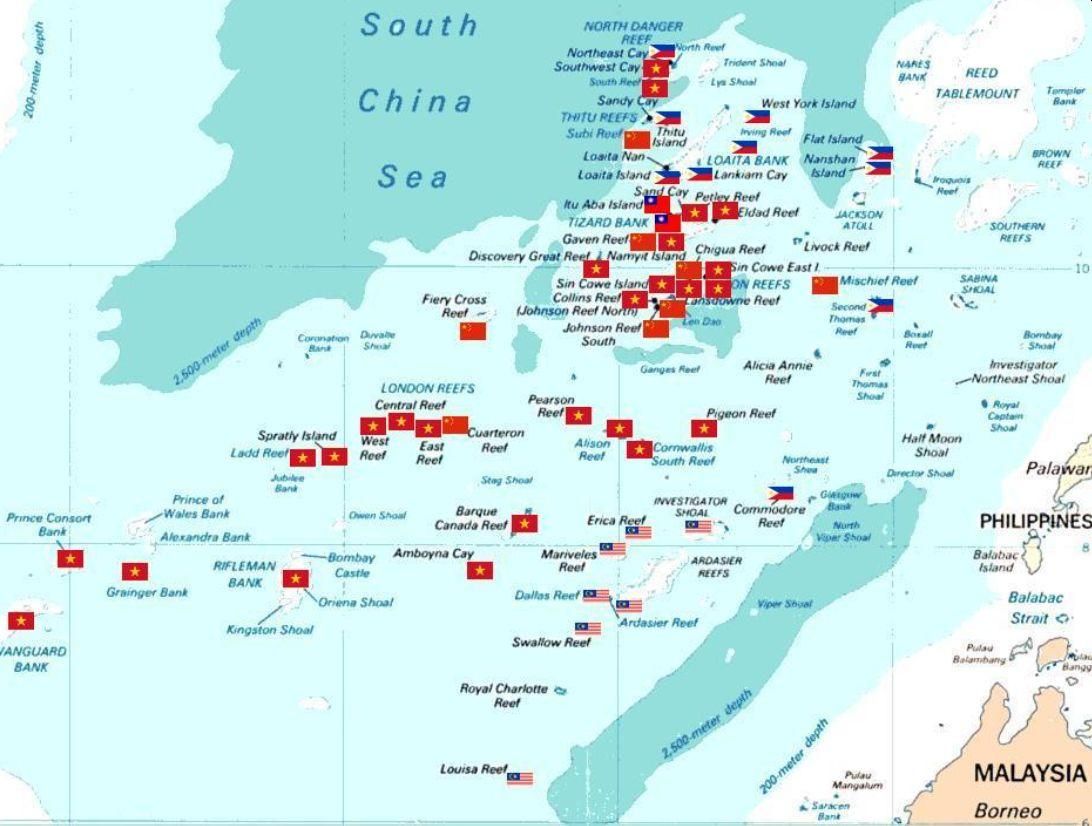
At yesterday’s press
conference, Malaya admitted that Manila was running out of options and that
China’s steady pressure in disputed waters was “pushing us to the wall.”
According to a report by BenarNews, when asked whether the Philippines might file a new
international legal case against China, to complement the case that it brought
to an arbitral tribunal in The Hague in 2013, he refused to rule it out, saying
that “all options are on the table.”
In any event, Malaya
said the Philippines would not back down. “We do not waver or cower in the face
of intimidation,” he said. “On the contrary, it strengthens our resolve because
we know we are in the right.”
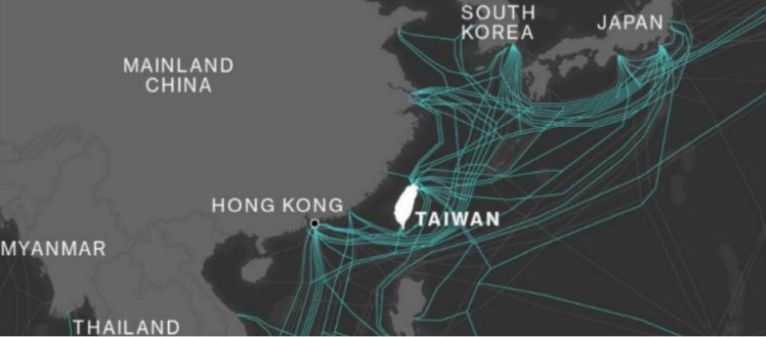
Japan is gravely
concerned about actions being repeated in the South China Sea that are raising tensions, and strongly opposes any unilateral attempt to
change the status quo, its foreign minister said on Wednesday.
Speaking during a visit to the Philippines, Takeshi
Iwaya also said Japan would continue to provide Manila with development
assistance and support for its maritime security, adding a trilateral mechanism
that also includes the United States would be strengthened when a new
administration takes over in Washington.
Japan's Foreign Minister Takeshi Iwaya
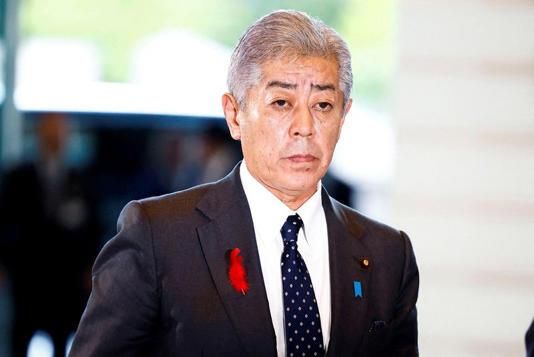
Iwaya's visit follows
a virtual call between Japanese Prime Minister Shigeru Ishiba,
Philippine President Ferdinand Marcos Jr. and outgoing U.S. President Joe Biden
where the three leaders affirmed their "trilateral arrangement" in
deepening economic, security and technology cooperation in the face of growing
tensions in the region.
"Japan strongly
opposes any attempt to unilaterally change the status quo by force or build up
tension in the region. We strongly ask for easing of tensions," Iwaya told
a joint press conference with his Philippine counterpart in Manila.
U.S. ally the
Philippines has been embroiled in wrangles at sea with China in the past two
years as the two countries face off regularly around disputed features in the
South China Sea that fall inside Manila's exclusive economic zone.
Both countries have accused each other of
encroachment, while the Philippines has condemned Beijing over the presence and
conduct of its coast guard fleet.
Marco Rubio, US
President-elect Donald Trump's nominee for secretary of state, said yesterday
that a "dangerous" China cheated its way to superpower status as he
vowed to ramp up support to deter any invasion of Taiwan.
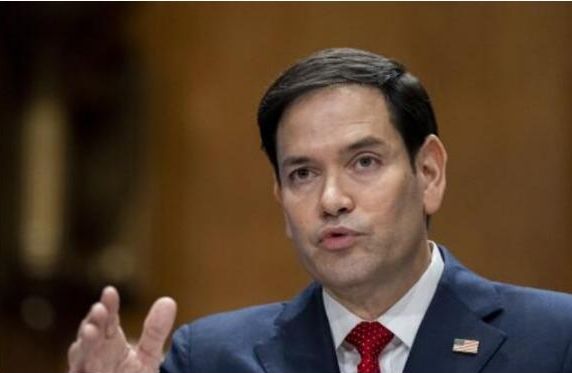
Rubio laid out his
worldview to fellow senators at a confirmation hearing that took place just as
Israel and Hamas agreed to a ceasefire in their 15-month war, a long-sought
goal of US President Joe Biden's outgoing administration.
Rubio, who is
expected to secure confirmation easily, described China as "the most
potent and dangerous near-peer adversary this nation has ever faced" and
warned of drastic impacts if the US does not act.
China says it has
sovereignty over almost the entire South China Sea, despite a 2016
international arbitral ruling that said its claim has no legal basis.
Philippine Foreign
Minister Enrique Manalo said his country's relationship with Tokyo was among
the most resilient and dynamic in the region.
The two ministers discussed the security situation in
the East and South China Seas and their work together amid an evolving
geopolitical landscape, he said, adding the two remain committed to a regional
rules-based order.
As tensions have
increased in the South China Sea over the past three years, the Marcos
administration has significantly strengthened its security cooperation with
Japan and the U.S., both of which share its concerns about China’s growing
maritime assertiveness. This has resulted in joint military
exercises and patrols between the three nations, agreements to
increase U.S. access to Philippine military facilities, and last July, the
signing of a Reciprocal
Access Agreement with
Japan that will facilitate the entry of soldiers into each other’s country for
joint military exercises.
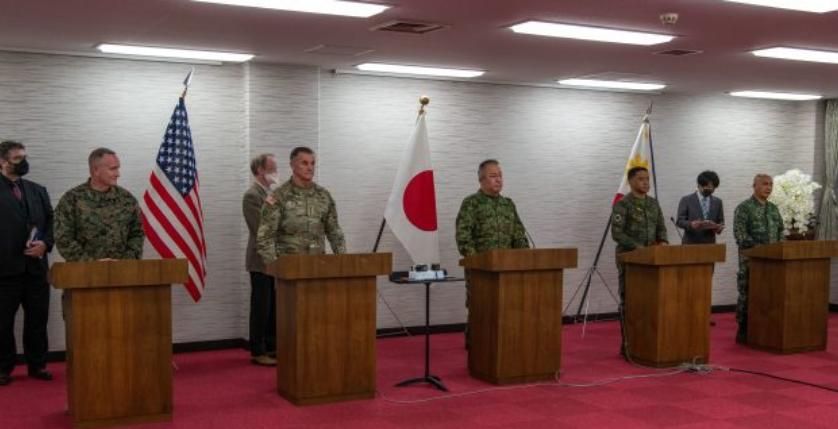
In a January 2 article for Fulcrum, Ian Storey
painted a picture of what the coming year could bring in the South China Sea.
“Absent any kind of credible conflict management mechanisms,” he wrote, “what
we can expect to see this year in the South China Sea is more ramming, water
cannoning, harassment, military posturing, arms buying, and terraforming. In
other words, business as usual.”
Given that the
Philippines’ “assertive transparency” campaign has seemingly reached the limits
of its effectiveness, one of the big questions is how it will respond to the
almost inevitable Chinese actions.
At yesterday’s press
conference, Malaya admitted that Manila was running out of options and that
China’s steady pressure in disputed waters was “pushing us to the wall.”
According to a report by BenarNews, when asked whether the Philippines might file a new
international legal case against China, to complement the case that it brought
to an arbitral tribunal in The Hague in 2013, he refused to rule it out, saying
that “all options are on the table.”
In any event, Malaya said the Philippines would not
back down. “We do not waver or cower in the face of intimidation,” he said. “On
the contrary, it strengthens our resolve because we know we are in the right.”
For updates click hompage here